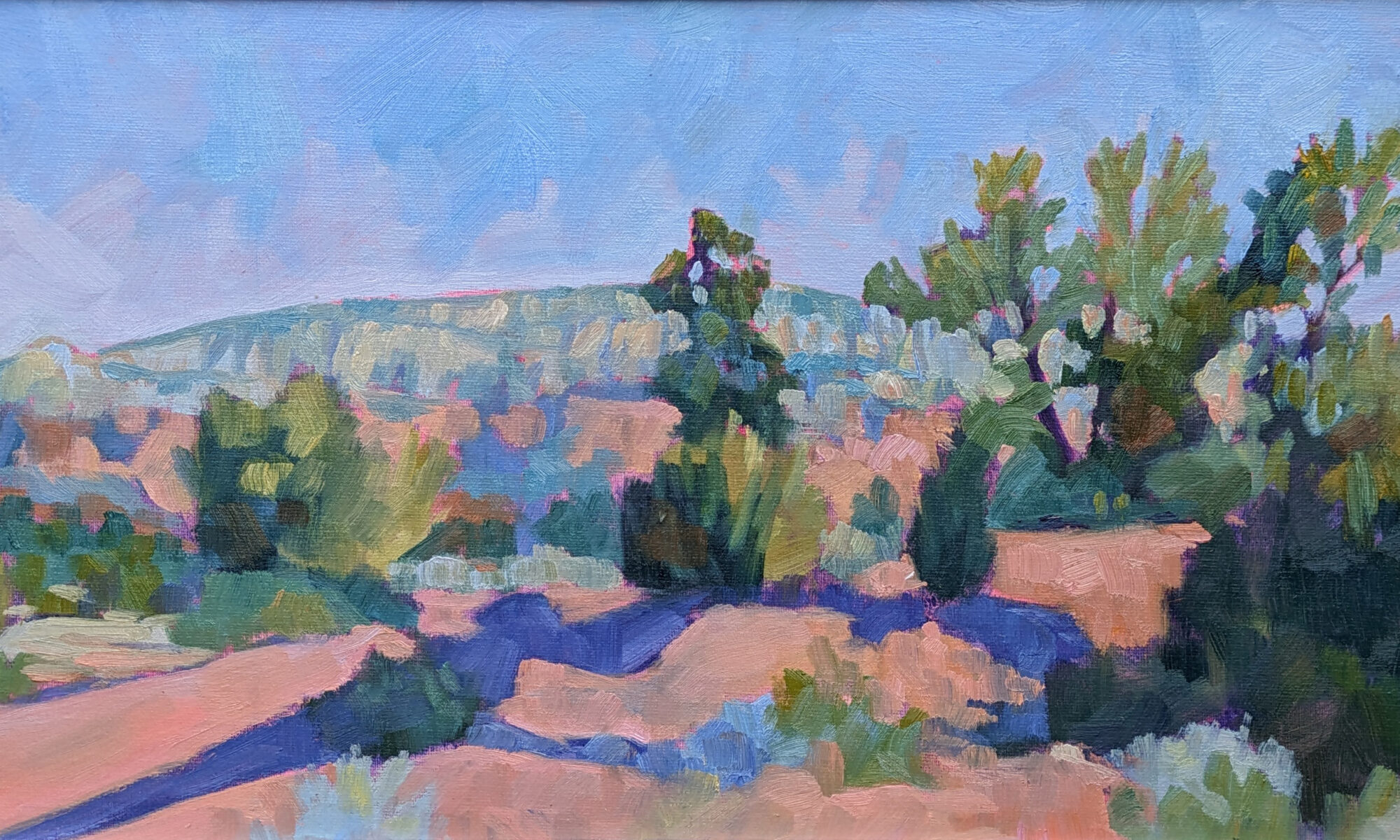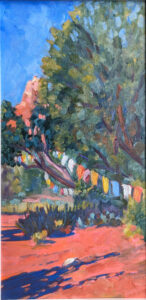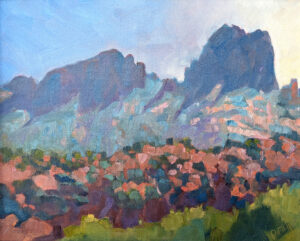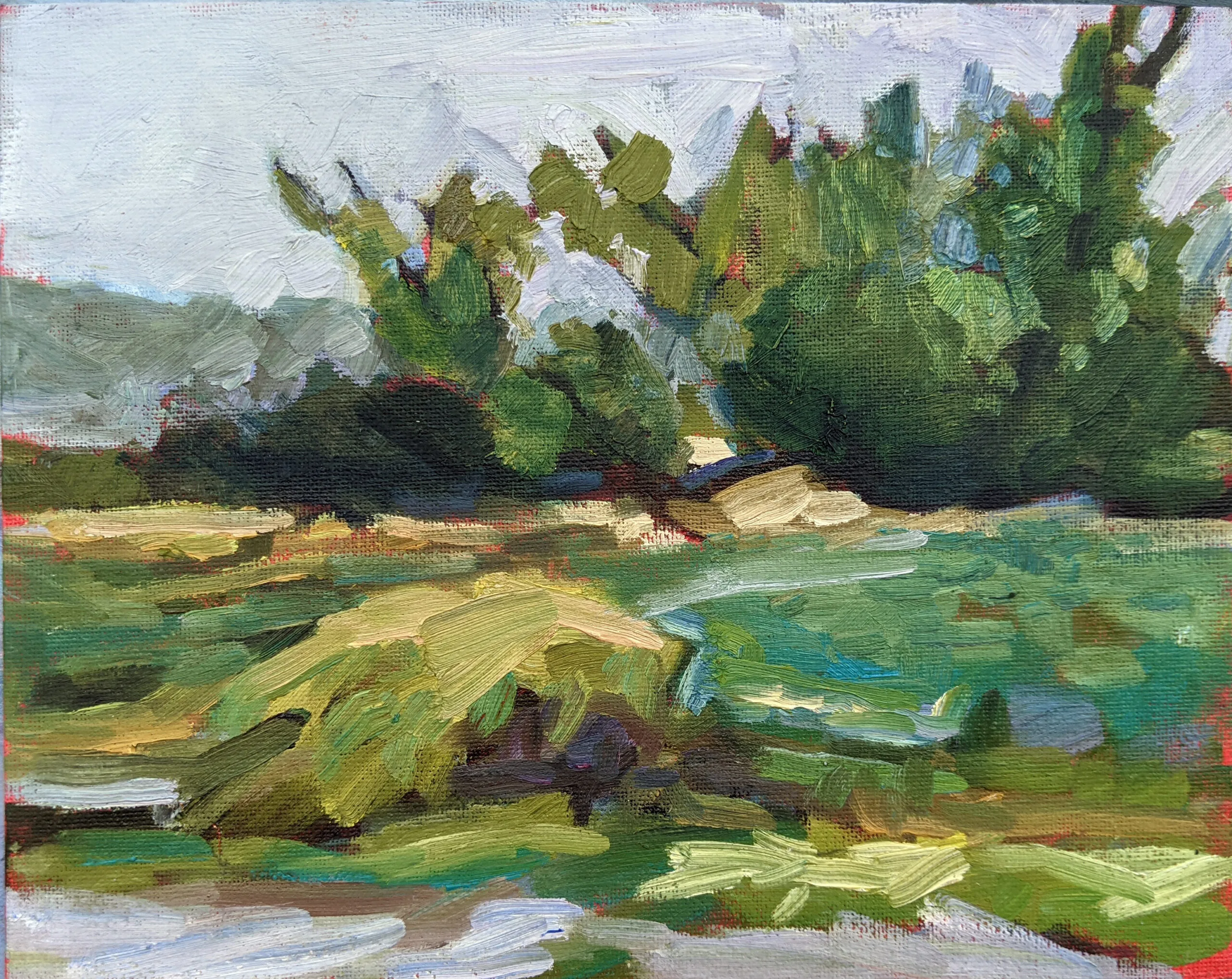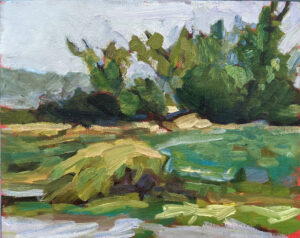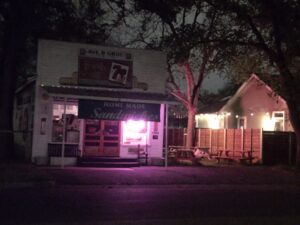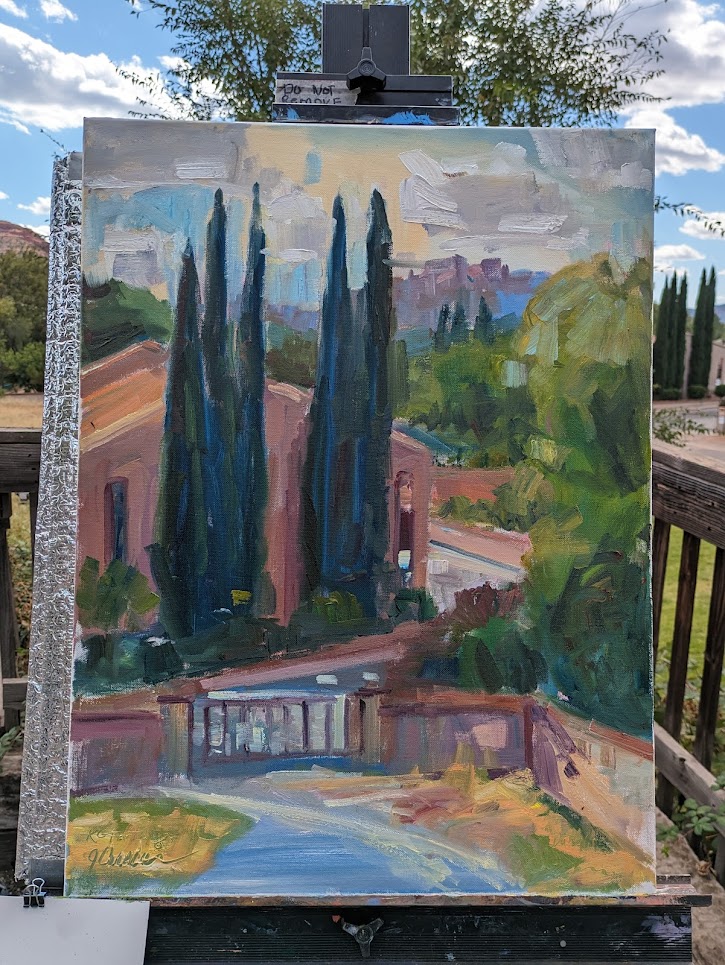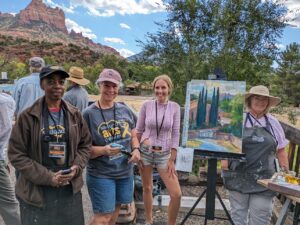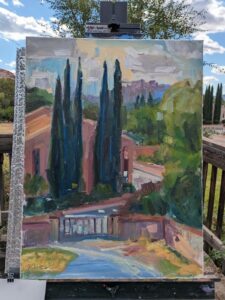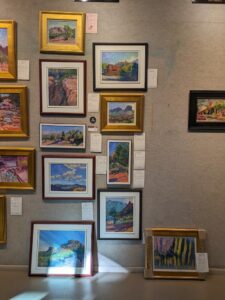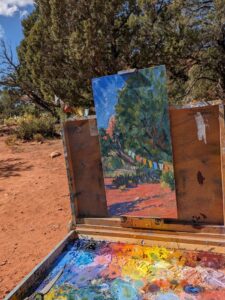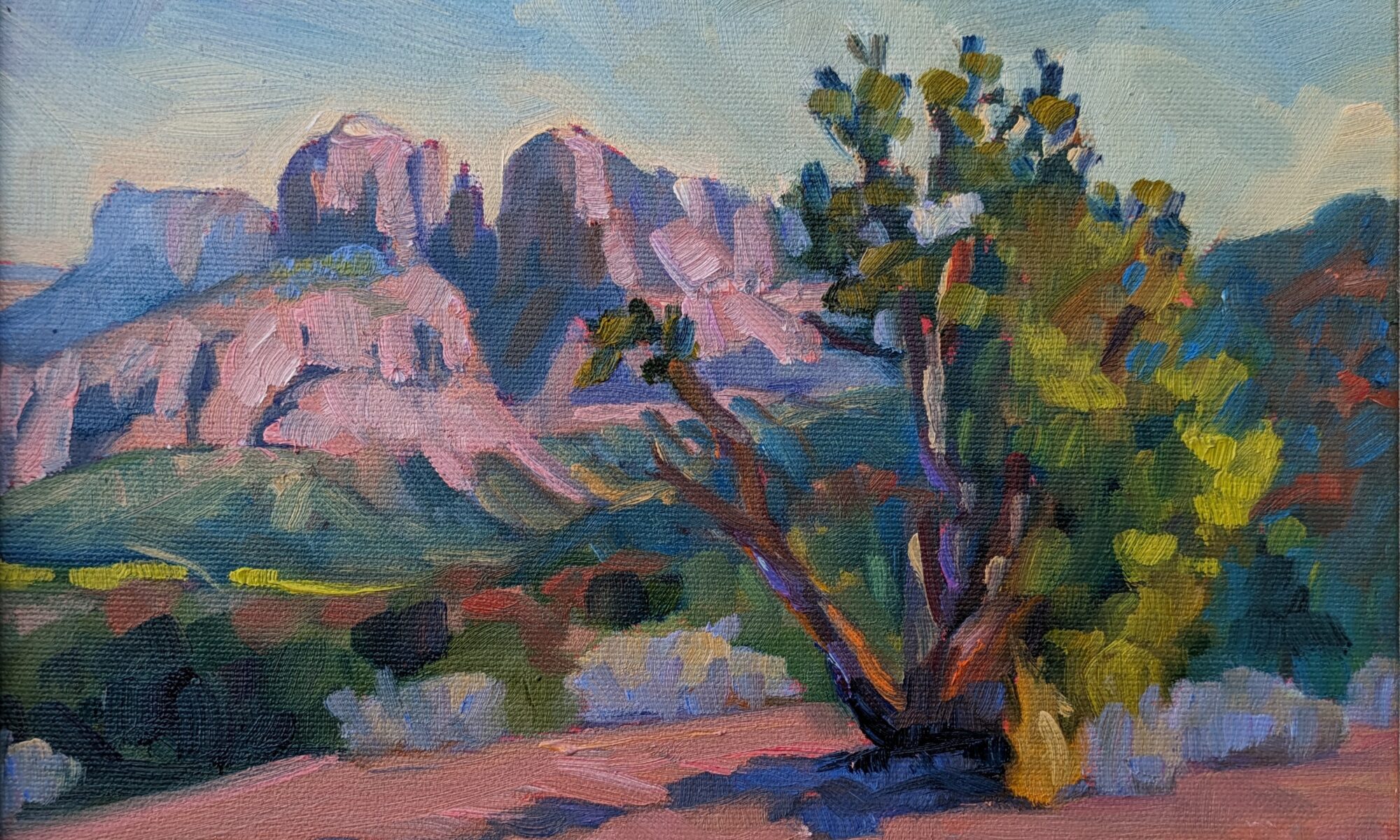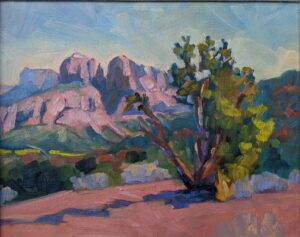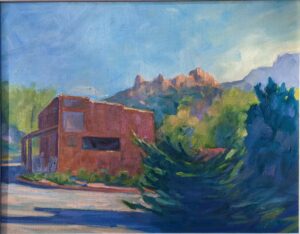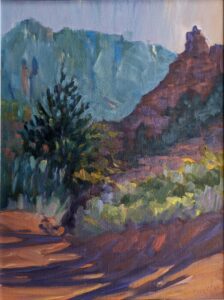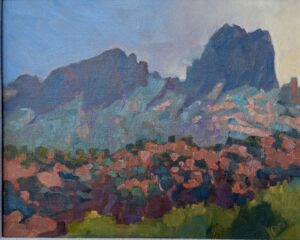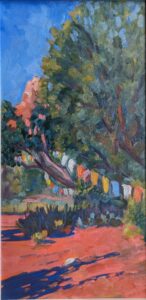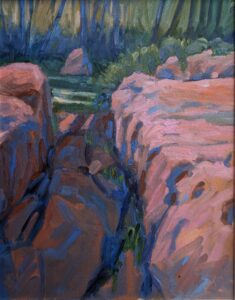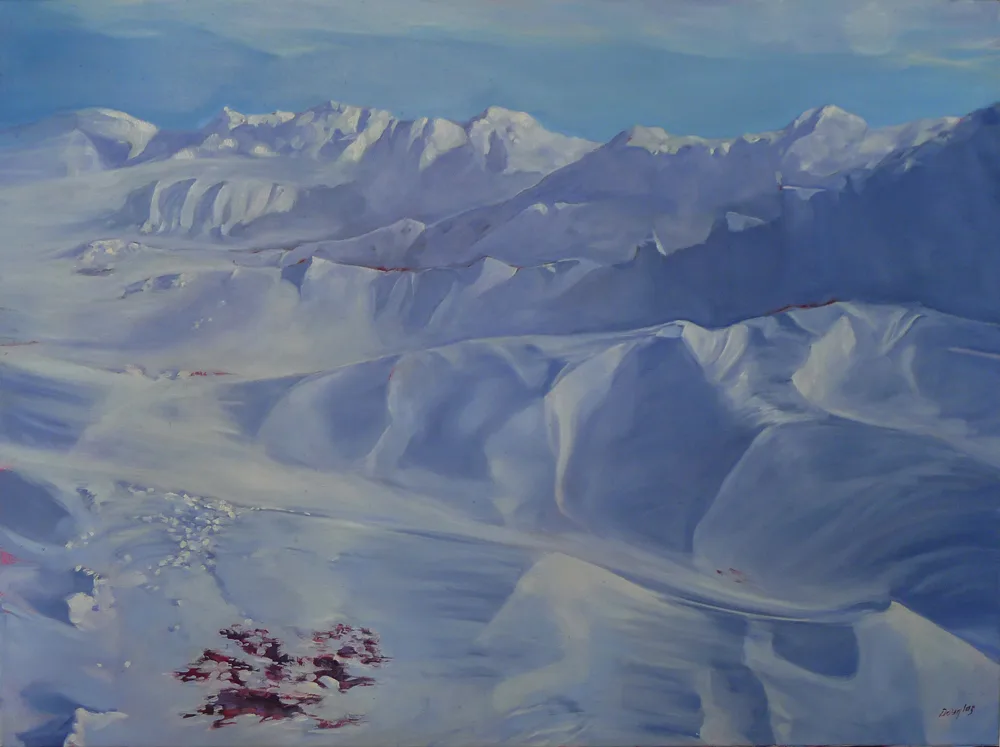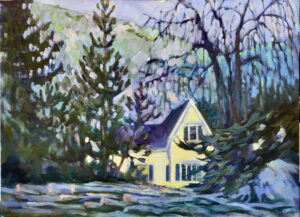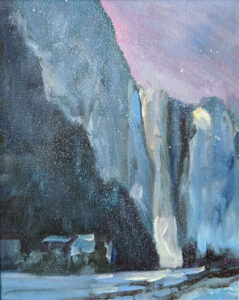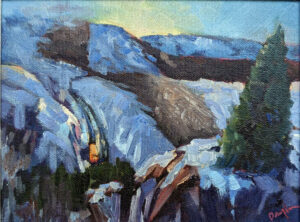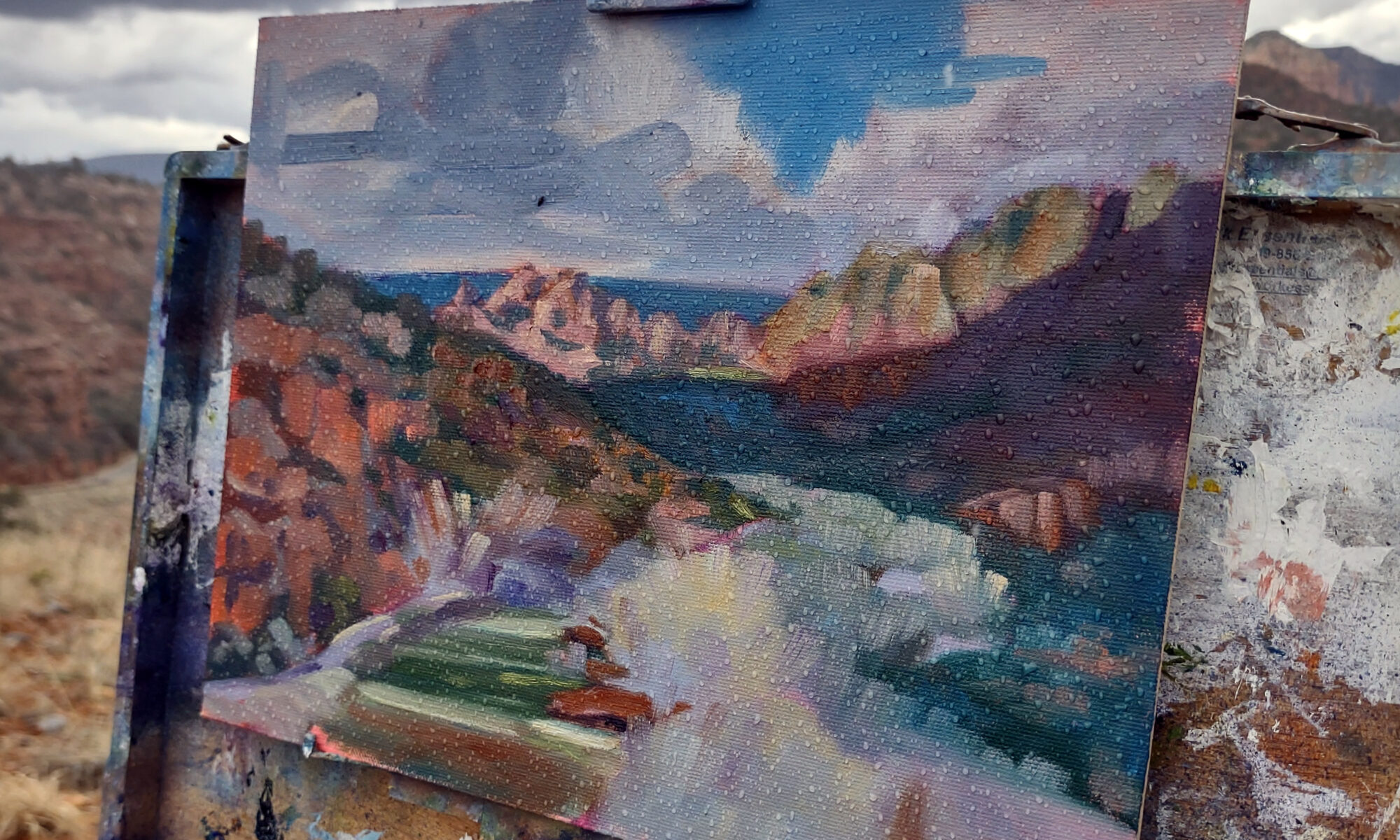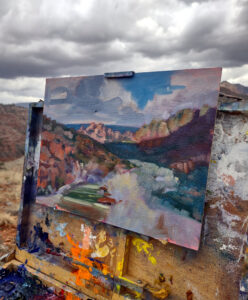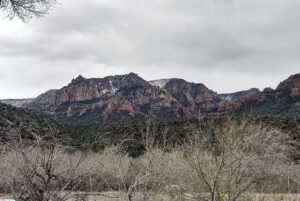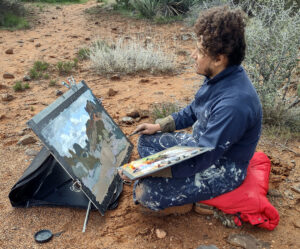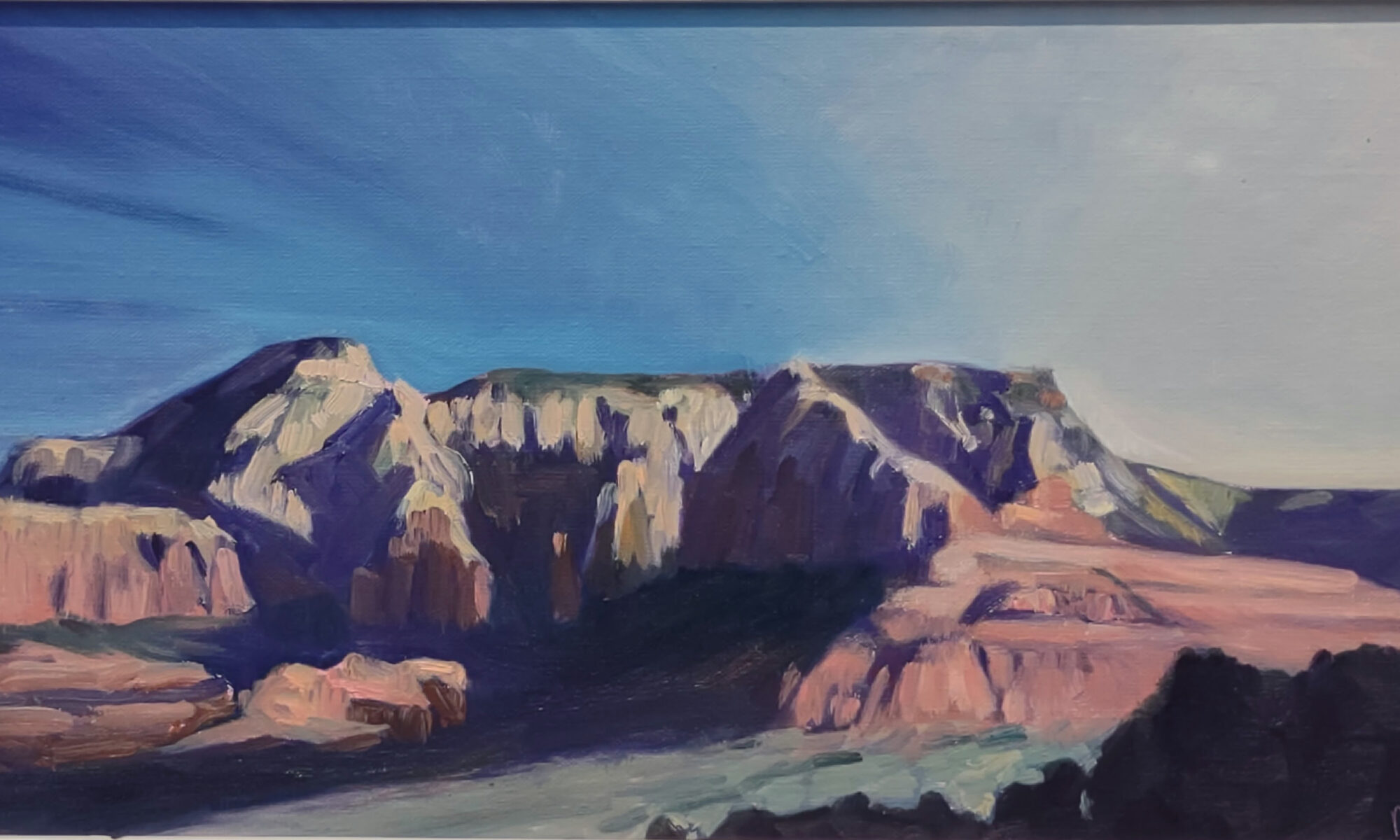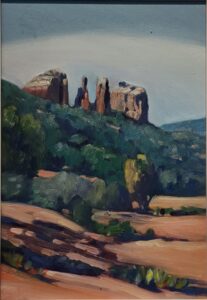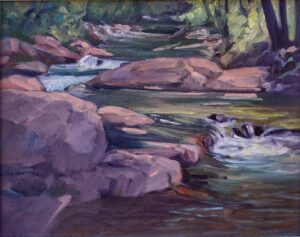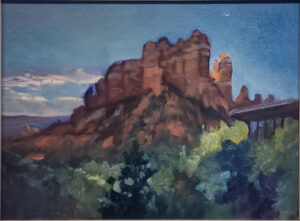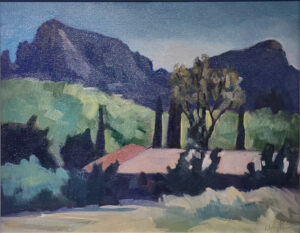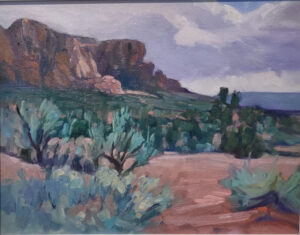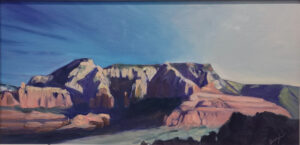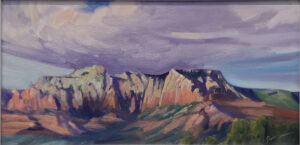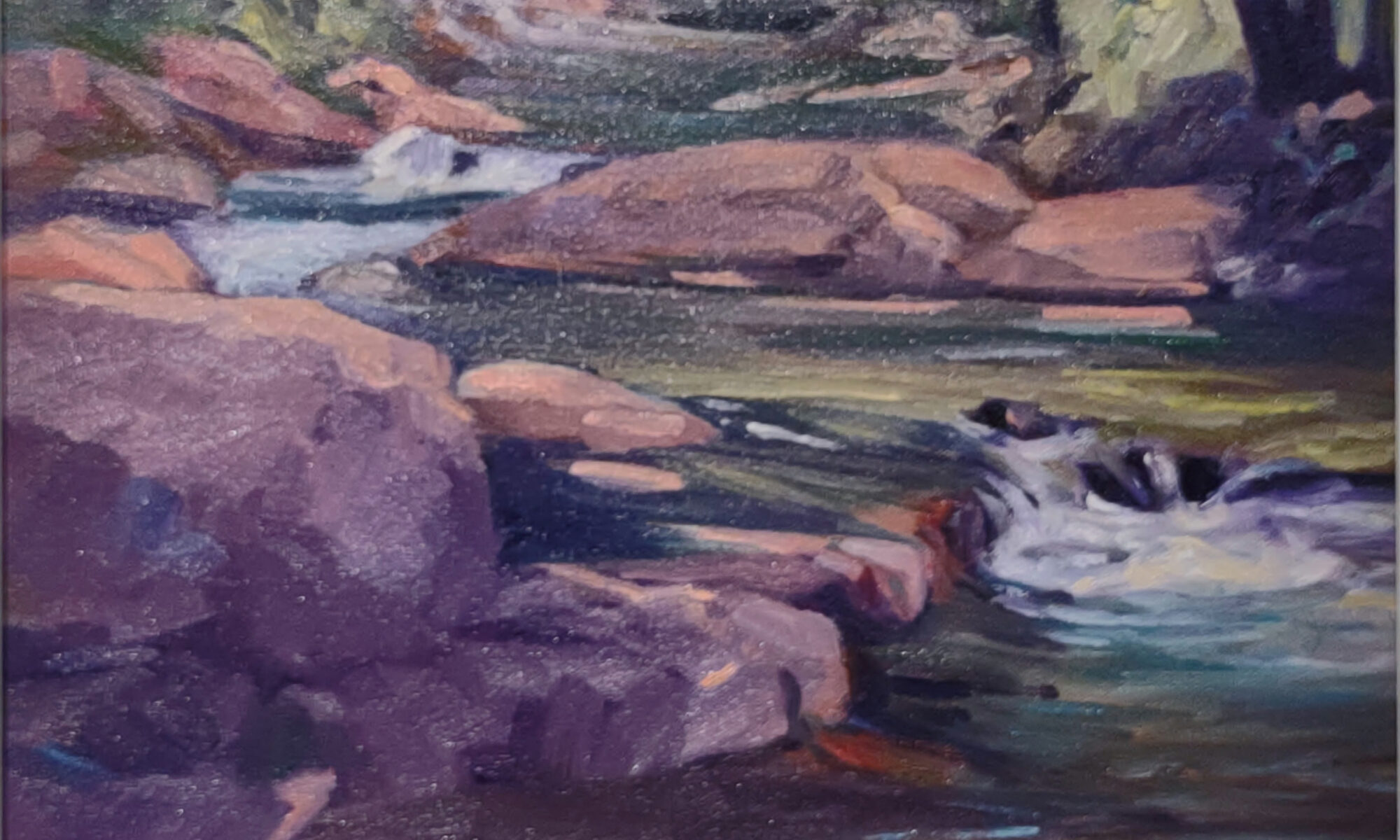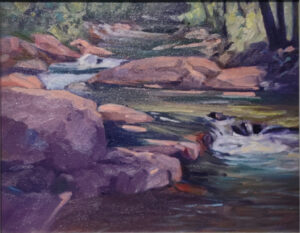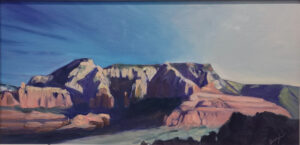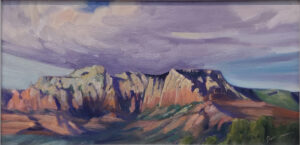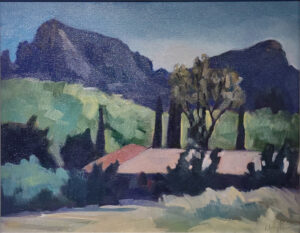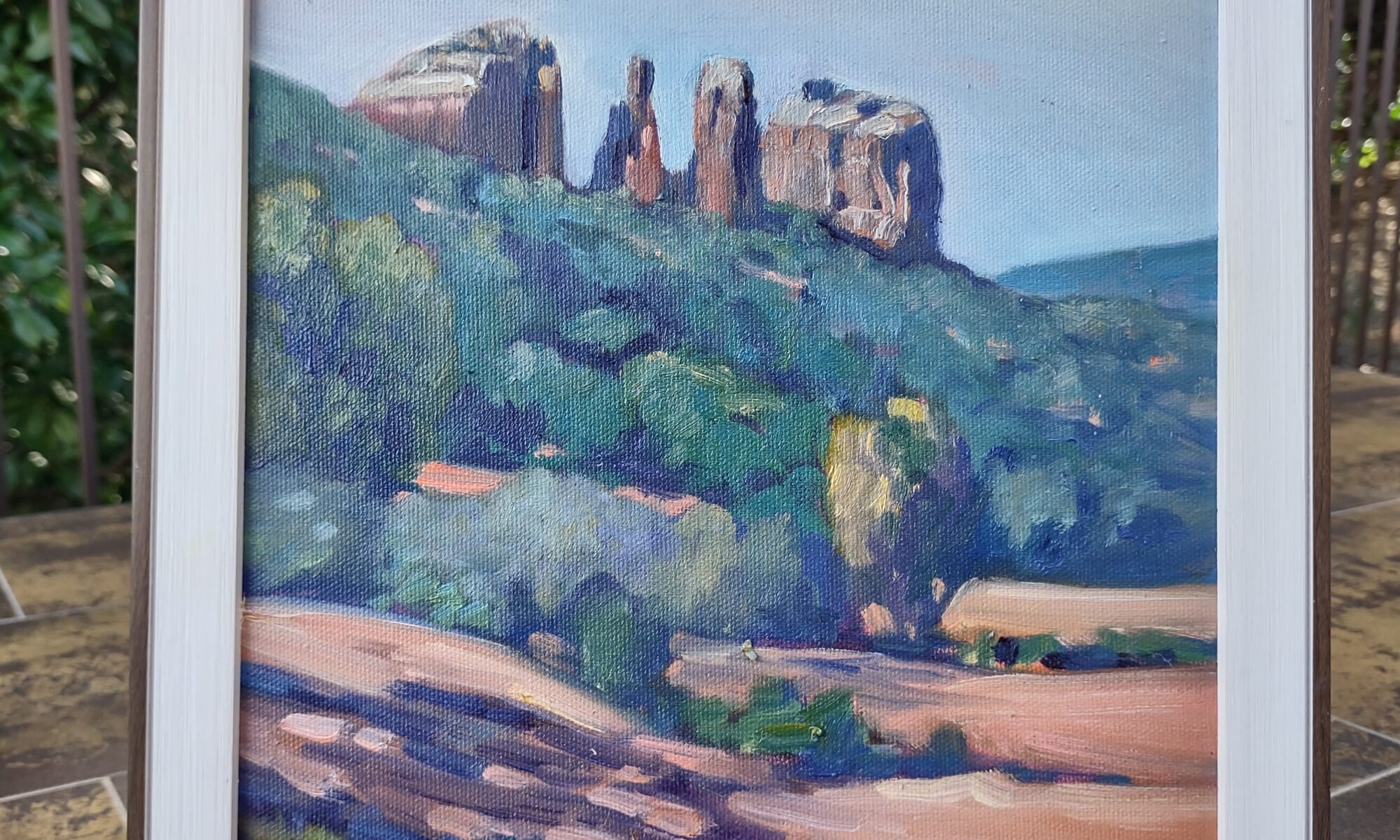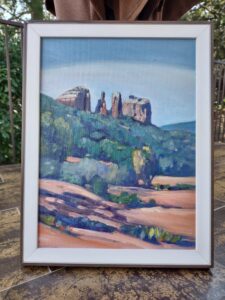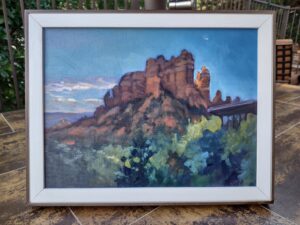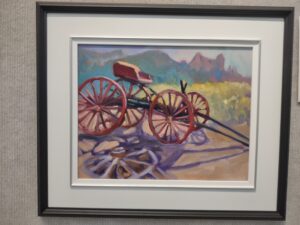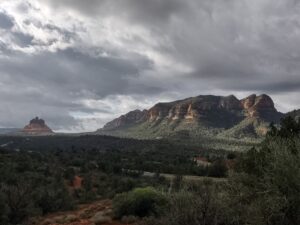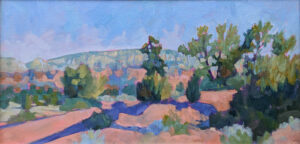
I had a long chat with Olena Babak last week, where we mostly discussed how much we value our artist friends. The plein air world, in which we’re both deeply planted, fosters a sense of community. Many of my friends are artists whom I met teaching or at events. There is something unique in the experience of pitting ourselves against our own unreachable goals that binds artists together.
At the same time, I texted with someone considering my Towards Amazing Color workshop at the Sedona Arts Center. “What is the most important thing I will take away from this workshop?” she asked. I’ve been mulling that over ever since.
All painting starts with observation and perception, and Sedona is in a natural setting so preposterous that painters can’t fall back on what they think they know. The landscape is vast and the air is so clear that none of the usual tricks of aerial perspective apply. This creates distinctive lighting conditions, especially at sunrise and sunset, which in turn bounces what we think we know about color on its head.
That’s a great thing, since none of us should be painting stereotypes anyway.
In most of our world, the dominant color scheme is green, brown and blue, with flashes of warm colors. There is nothing wrong with that, of course; I paint it and love it deeply. But Sedona flips all that on its head. Its giant rock massifs are red and cream, set off by a ferocious azure sky and accented with dull greens.
Meanwhile, the intense warm light forms equally intense cool shadows. A week of painting that light will bleed back into our paintings of the more-delicate lighting elsewhere, helping us capture the nuances of light and shadow. Painting what we don’t know is invaluable for developing a keen sense of observation for when we get back to what we do know.
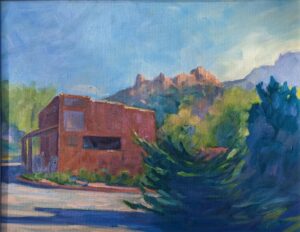
That raises the question of how accurately we mix our colors. Just as I discourage eastern painters from using premixed greens, I discourage Sedona painters from using premixed reds. Yes, the rocks may be close to burnt sienna, but slathering that on will just make for a flat painting. We need to learn to mix colors to match the subtle variations in the landscape. That’s a skill you can take anywhere.
My personal painting challenge right now is in representing what I’ll call, for lack of a better term, deep space. It’s easy enough to paint an eastern mountain that’s a few miles away, especially when I have aerial perspective to fall back on. The giant rearing rock formations of Sedona, set like massive eroding jewels, are eroded like hoodoos but bigger than skyscrapers. They create their own special drafting problems. They teach me how to convey distance, perspective, and dimensionality. Once you’ve seen that kind of depth in a painting, you can’t go back to using mere layering to create the illusion of distance.
I am both a committed plein air painter and outdoorswoman (although I can’t tell you which came first). Painting outdoors fosters my connection with the natural world. It’s not just the landscape and atmosphere; it’s also the weather, the creatures and the plants. (That relationship transcends words, which is why I loathe writing artist’s statements.) Sedona has all those things in spades. If you haven’t ever been there, it’s worth the journey.
I hope this answers my correspondent’s question, and by extension, yours too.
My 2024 workshops:
- Sea & Sky at Schoodic, August 4-9, 2024.
- Find your authentic voice in plein air: Berkshires, August 12-16, 2024.
- Art and Adventure at Sea: Paint Aboard Schooner American Eagle, September 15-19, 2024.
- Immersive In-Person Workshop: Rockport, ME, October 7-11, 2024.

